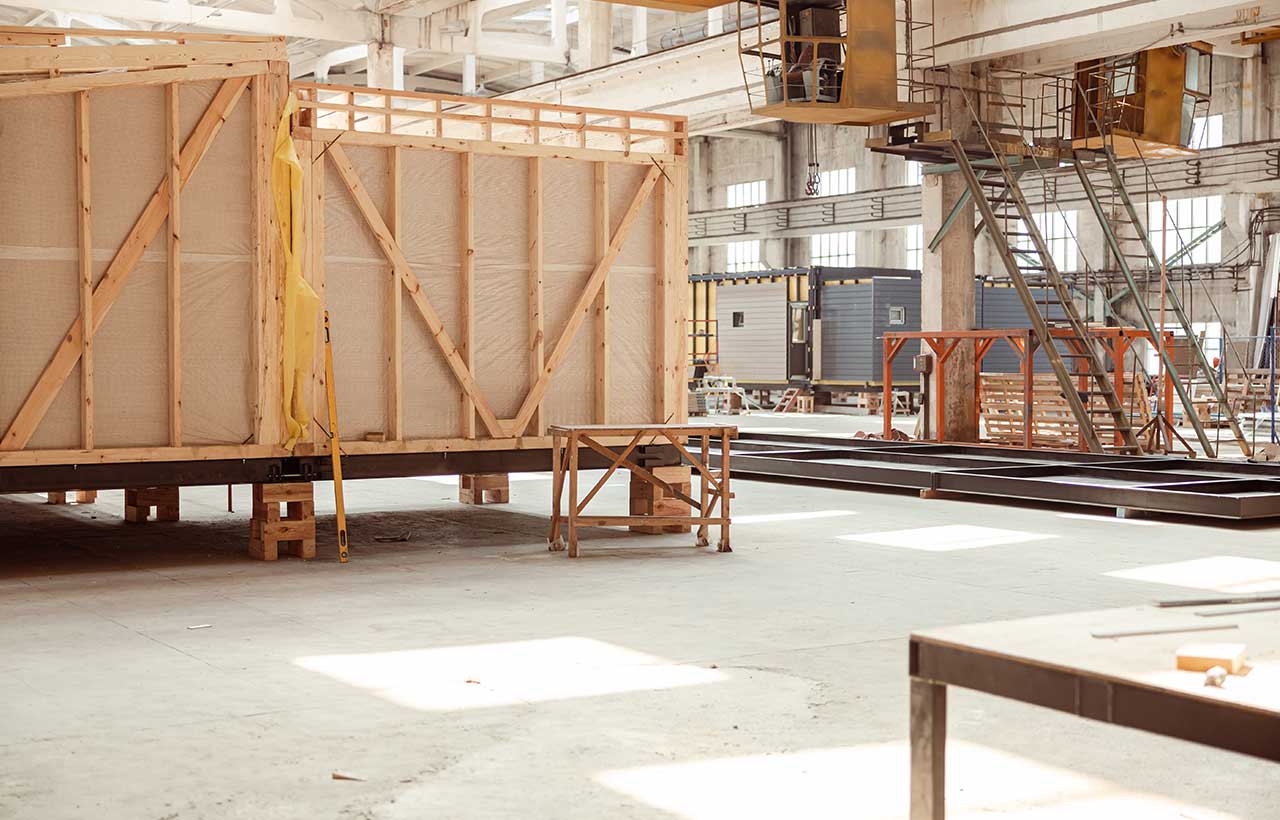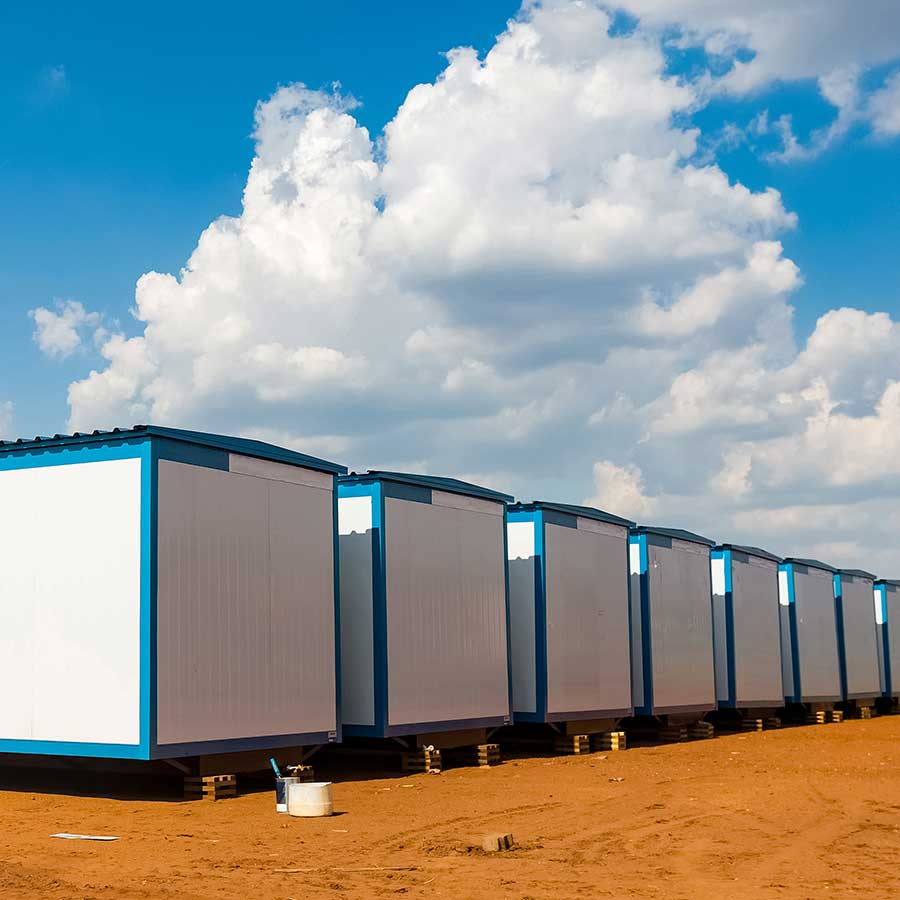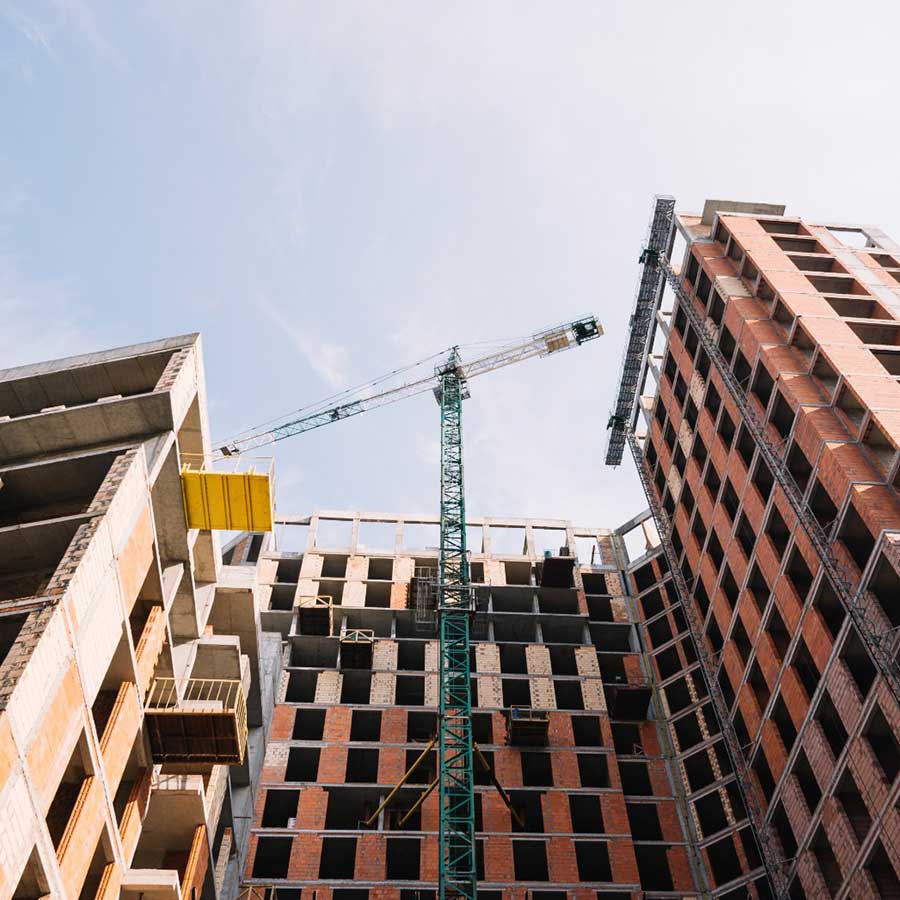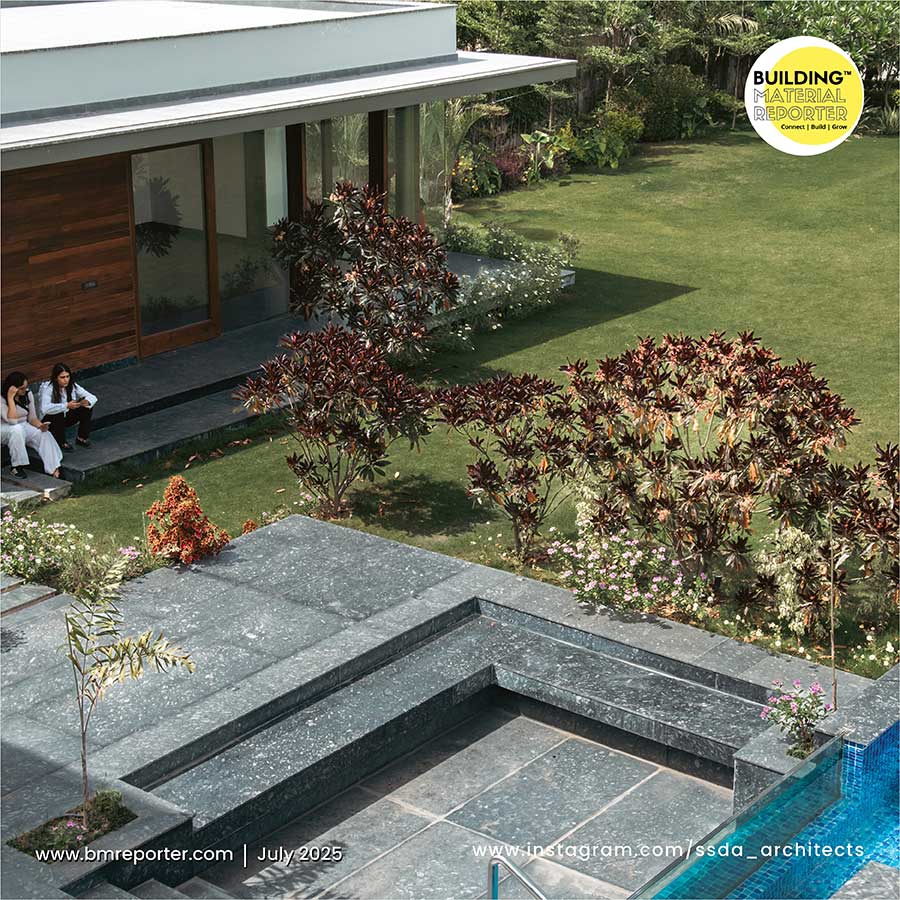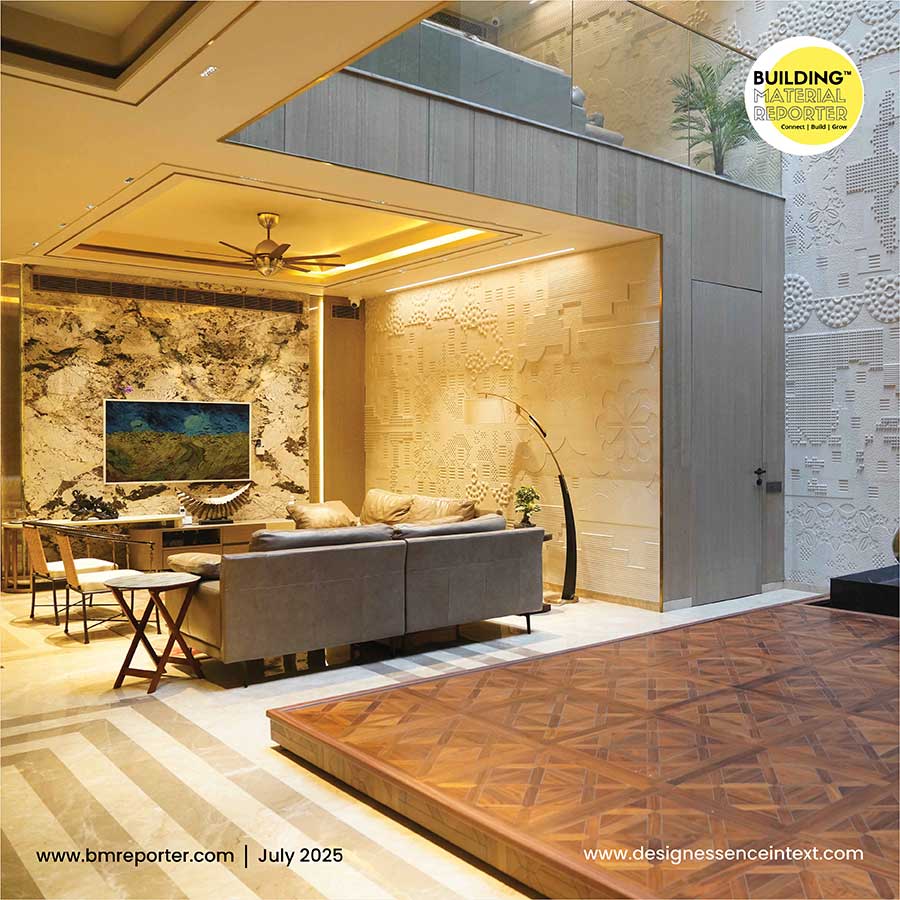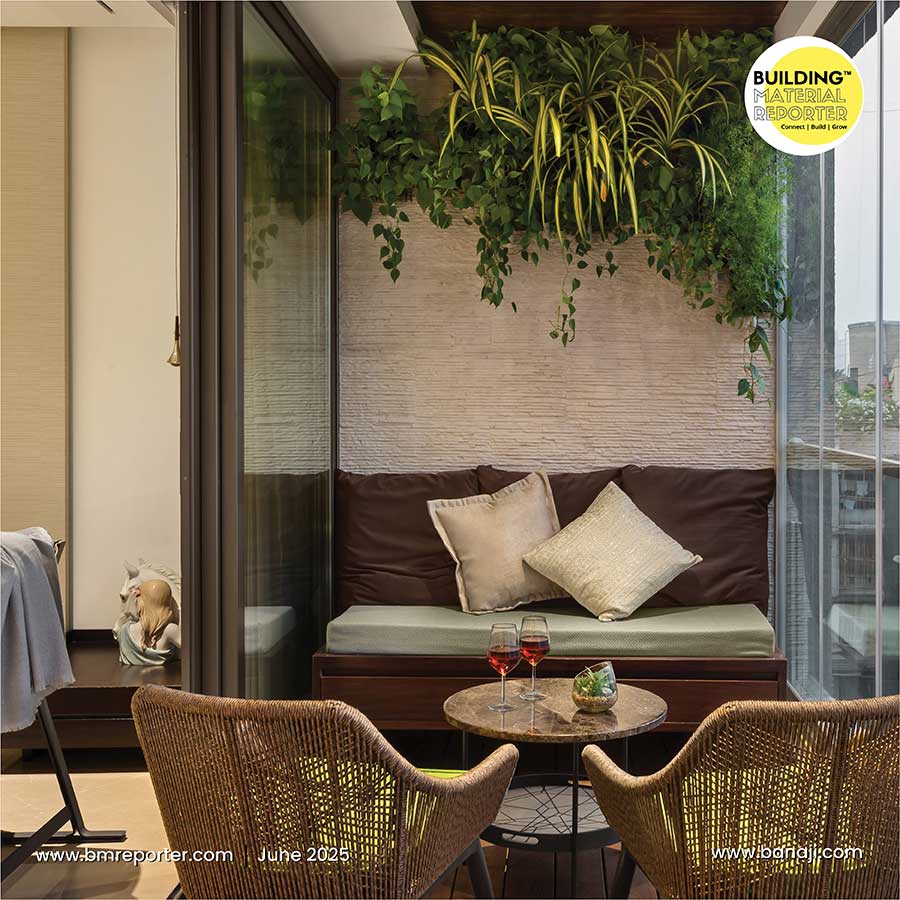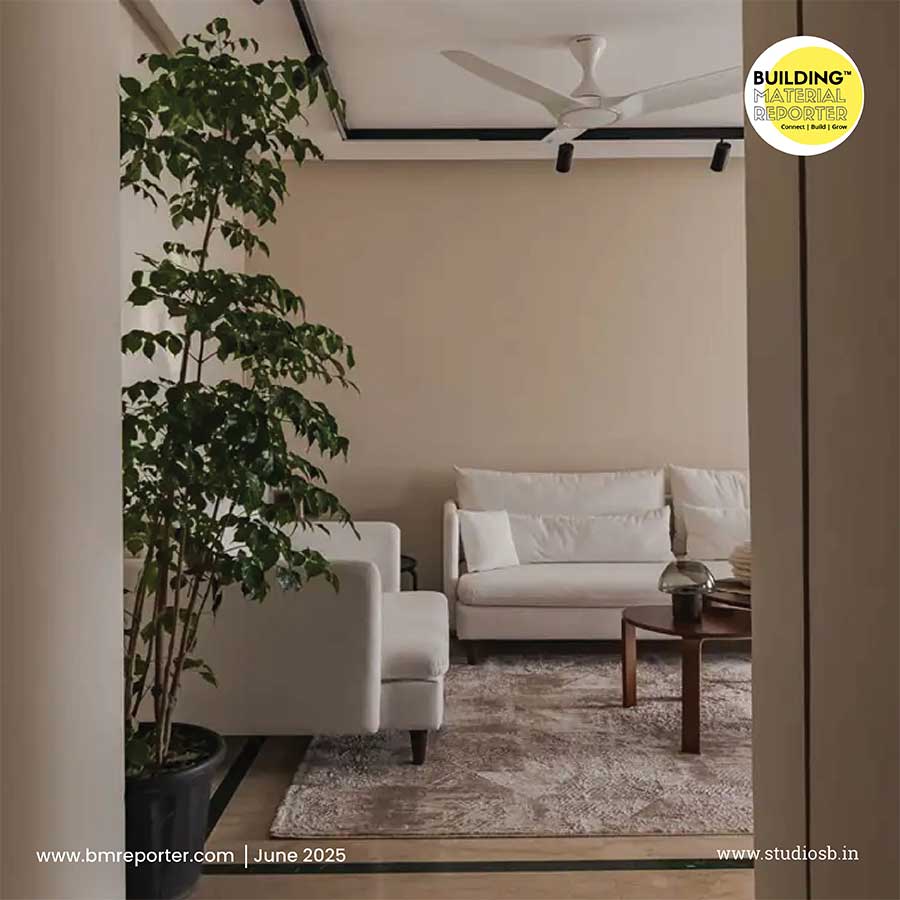Modular & Prefabricated Construction: Speed, Cost and Structure Change
- October 14, 2025
- By: Sanyukta Baijal
- INFLUENCERS
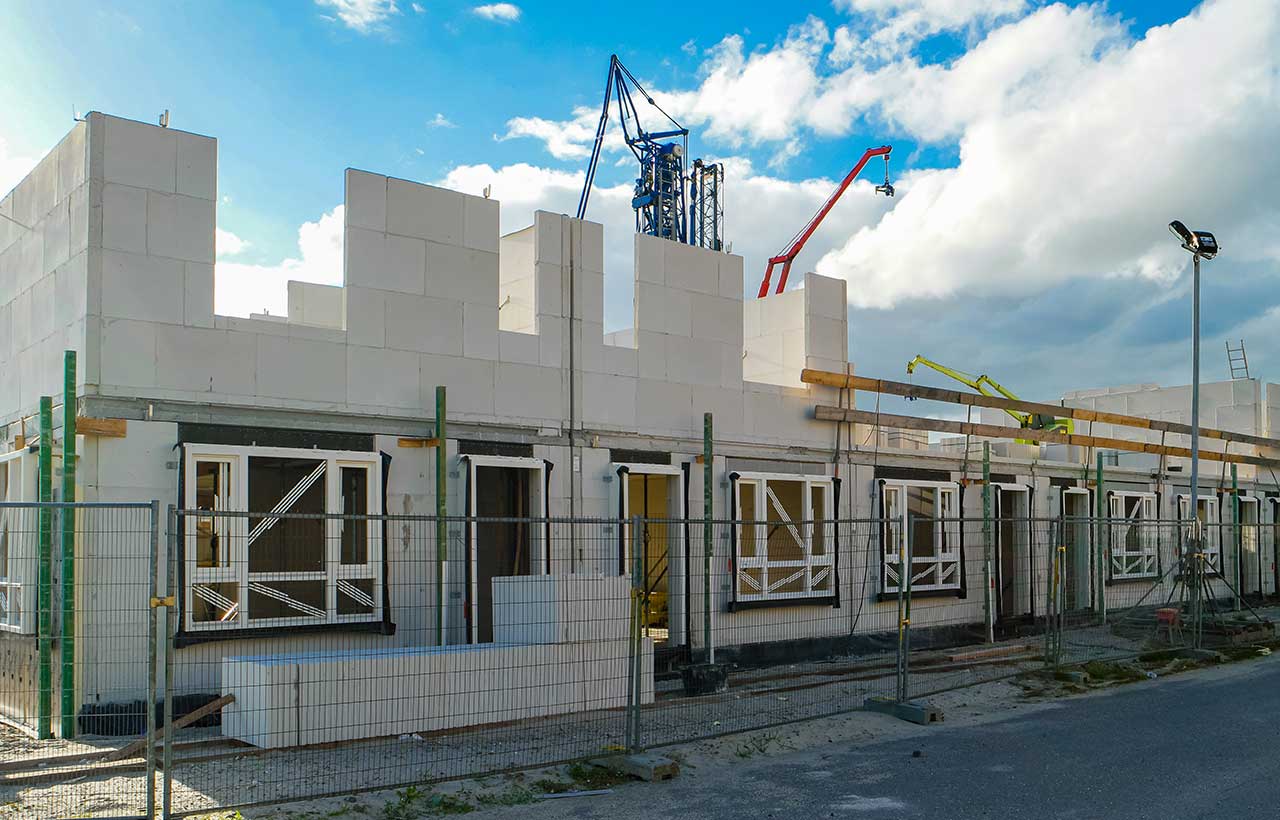
In an era when cities are expanding rapidly and demand for housing and infrastructure is skyrocketing, the ability to construct high-quality buildings in a fraction of the usual time is invaluable. The construction and real estate sector is at a turning point where mounting pressure to deliver projects faster, cheaper, and more sustainable, traditional building methods are being reimagined. Usually a construction of building be it commercial or residential, may take months and sometimes years. But what if we tell you that you can easily get your space constructed from scratch within just a few months? Well, yes it is possible and it's no more a far sighted idea. This is already happening in the world and one of the biggest disruptors leading this transformation is modular and prefabricated construction a modern approach that combines technology, precision, and speed to redefine how we build.
In this material centric design, different parts of your home (walls, ceiling, flooring, doors etc.) are fabricated to be assembled later. The entire process takes way lesser time than the traditional construction method due to multiple factors including the type of the materials used, evolution of technology, the growing need to build more in lesser time and the need of sustainable designs and green buildings. Let's deep dive into how modular and prefabricated construction are shaping the built environment of the smart cities of India.
What Is Modular & Prefabricated Construction?
The modular and prefabricated construction is among the newest terms in the modern real estate world. Where prefabricated construction means assembling and manufacturing readymade building materials like doors, walls, flooring and LED lighting, modular construction stands for completing the entire pre-made space with electrical work, plumbing, and finishing. The whole idea behind this method is to do all the construction at the back stage and later bring the parts on site to simply assemble it like building blocks.
This approach not only maintains more precise quality checks but also ensures faster delivery. Basically, construction elements of interiors and exteriors like roofs, walls, beams, columns and more are built in a controlled factory environment making it more efficient, consistent, and resilient to external challenges like weather delays or material wastage.
Key Advantages of Modular & Prefabricated Construction
There are multiple advantages of modular and prefabricated construction methods.
Higher speed: One of the many benefits of modular & prefab housing is the speed. This is possible because building of prefabricated materials and site preparation works side by side. This efficient thechnique reduces the total construction time by up to half which makes modular construction method ideal for projects which require fast building speed like hospitals, schools, or housing developments.
As an example, during the COVID-19 pandemic, where the new healthcare centres would have taken years to built, modular hospitals witnessed a rise in demand. This way modular and prefabricated construction made it easier to cater to COVID-affected patients by providing additional wards, rooms, and medical facilities.
Low Cost: Apart from being lesser time consuming method, this even reduces the construction cost as there is no need of large number of labours on the site. Prefabricated homes are the new ray of hope in inflation and shortage of properly skilled labour. This significant shift of the construction of building materials in factories have led to economic benefits along with reduction of waste.
Better Quality: In traditional construction methods, skilled labours may vary from place to place. However, in case of modular and prefabricated construction the building materials are built in a more controlled environment which leads to more detailed quality checks and better consistency. There is a standard procedure which takes care of the finesse, weather resistance, moisture damage and more.
Sustainability: Being eco-conscious is the need of the hour and it's even one of the biggest reasons to switch to modular construction. By making the optimum use of the supplies, using recycled goods and minimising the waste significantly reduces the carbon footprint. Incase of relocation, one can easily move their house and this method doesn't even require the demolition cost, time and effort.
Structural Innovation
Modular and prefabricated construction methods not only have limited benefits of time and cost but they are even bringing a transformation in the design part. Cost effective and efficient techniques have opened whole new doors of architectural possibilities where one can create complex designs with utmost ease.
Whether there's a requirement of a new ward in a hospital or a school's classroom needs renovation, prefab construction can dramatically turn out to be a faster, more cost-effective, and quality-controlled solution compared to traditional methods. This has become a possibility due to advanced materials like steel-framed modules and cross-laminated timber (CLT) panels which enable taller, stronger, and more sustainable structures.
Trends for 2025–26
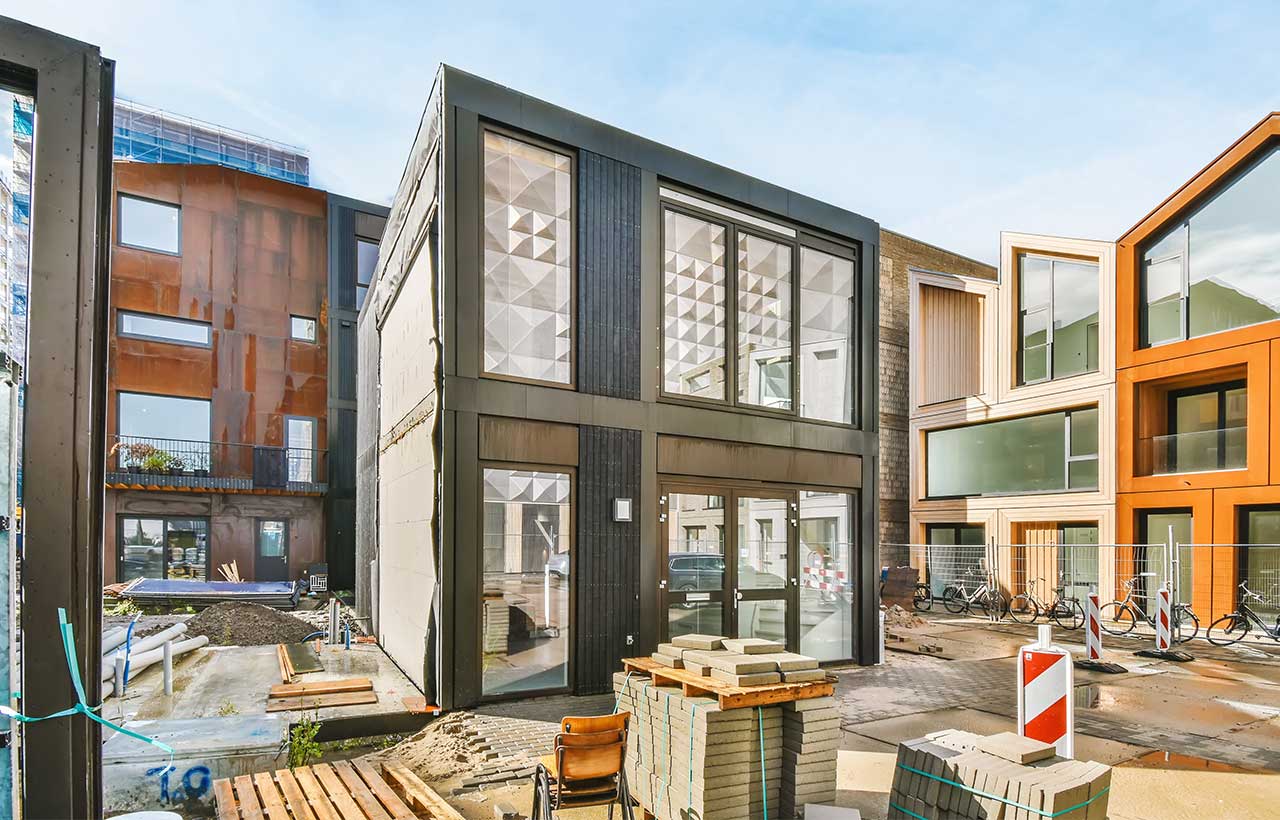
In today's day and age when technology is rapidly evolving and so is design, modular and prefabricated construction are bound to turn more aesthetic and functional at the same time. Therefore, let's have a glance at the key architectural trends which are shaping the AEC industry in 2025–26:
Integration of AI, Robotics & BIM: Just like every other field, robotics and Artificial Intelligence (AI) has made its way into the building sector as well. The fusion of Building Information Modelling (BIM) with AI and robotics is revolutionising how prefabrication works. With the help of BIM, one can create digital twins of buildings even before the start of the construction. AI, then does its work by optimising designs, doing SWOT analysis and understanding potential issues ahead of the production. Finally, robotics enters the picture to make sure the tools, welding and machine cutting part is done properly without any fails.
Rise of Steel-Framed Prefabs: Rise in the usage of steel is one of the ongoing trends for 2025-26 when it comes to the modular construction. Steel is the go-to choice for all the building structures especially the tall and large ones as it has good strength. Products made with steel can easily be assembled and are considered recyclable. They also make modular buildings safer during earthquakes and fire emergencies, allowing them to be used not just for small houses but also for big commercial buildings.
Hybrid Modular Designs: Hybrid modular systems are the top choices for the current builders. They are combined with traditional construction and the prefab ones are often used as an extension. This approach brings flexibility for projects that has a deadline and needs customisation as well. For example, a hotel can add number of guest rooms via a modular construction model. However, the rest of the part like lobby, restaurant, cafe, pool etc. still depends on conventional construction.
Market Growth in India
India’s construction landscape is rapidly growing and welcoming prefabricated structures with open arms. As per a recent report by Hindustan Times currently 1%-2% the modular homes are there in the overall real-estate market of the country. However, it is being estimated that in near future the percentage can go upto 12.32% in the coming 5 years by 2030. Even the government is taking measures and announcing schemes to promote modular and prefabricated construction. The Pradhan Mantri Awas Yojana (PMAY) is becoming increasingly popular and aims to build about 18.8 million urban house projects.
Organisations like CPWD and NBCC are working on big pre-fabricated projects in India to give a boost to the fast growing real estate projects. Be it the modular homes or big, tall buildings, modular and prefab homes are the new buzz word in the world of Indian built environment. Some of the big names which are the torch bearers of such modular homes are Tata Projects, KEF Infra (now Katerra India), Godrej Construction, and BEP
Challenges & Future Outlook
Despite its advantages, modular and prefabricated construction have a few drawbacks too.
Logistics & Transportation: Since the construction is done at the warehouse and the prefab homes' parts are delivered individually, transporting large modules from factories to construction sites can be challenging. This is even difficult in villages and small towns due to bad quality roads infrastructure. However, the entire plan can workout only if the factory is located within the vicinity of the project site.
Regulation & Standardisation: Although as much as India is excited about the prefab structures, it still lacks proper standardised guidelines for such new methods. We need a series of protocols which has safety norms, policies, rules and regulations mentioned clearly.
Skilled Workforce: It's true that modular construction does not require labours like traditional method. But still there's a requirement of certain skilled working professionals who can operate and overlook the factory production of prefab modules. Upskilling construction workers can help in promoting this model.
Conclusion
The modular and prefabricated construction has arrived and is here to stay, especially in a country like India where the urban infrastructure is expanding overnight. People are seeking quality housing and the government is racing to meet the growing demand for infrastructure. All thanks to technology, and AI's entrance in the world, prefab homes can also become the mainstream construction method in near future.


